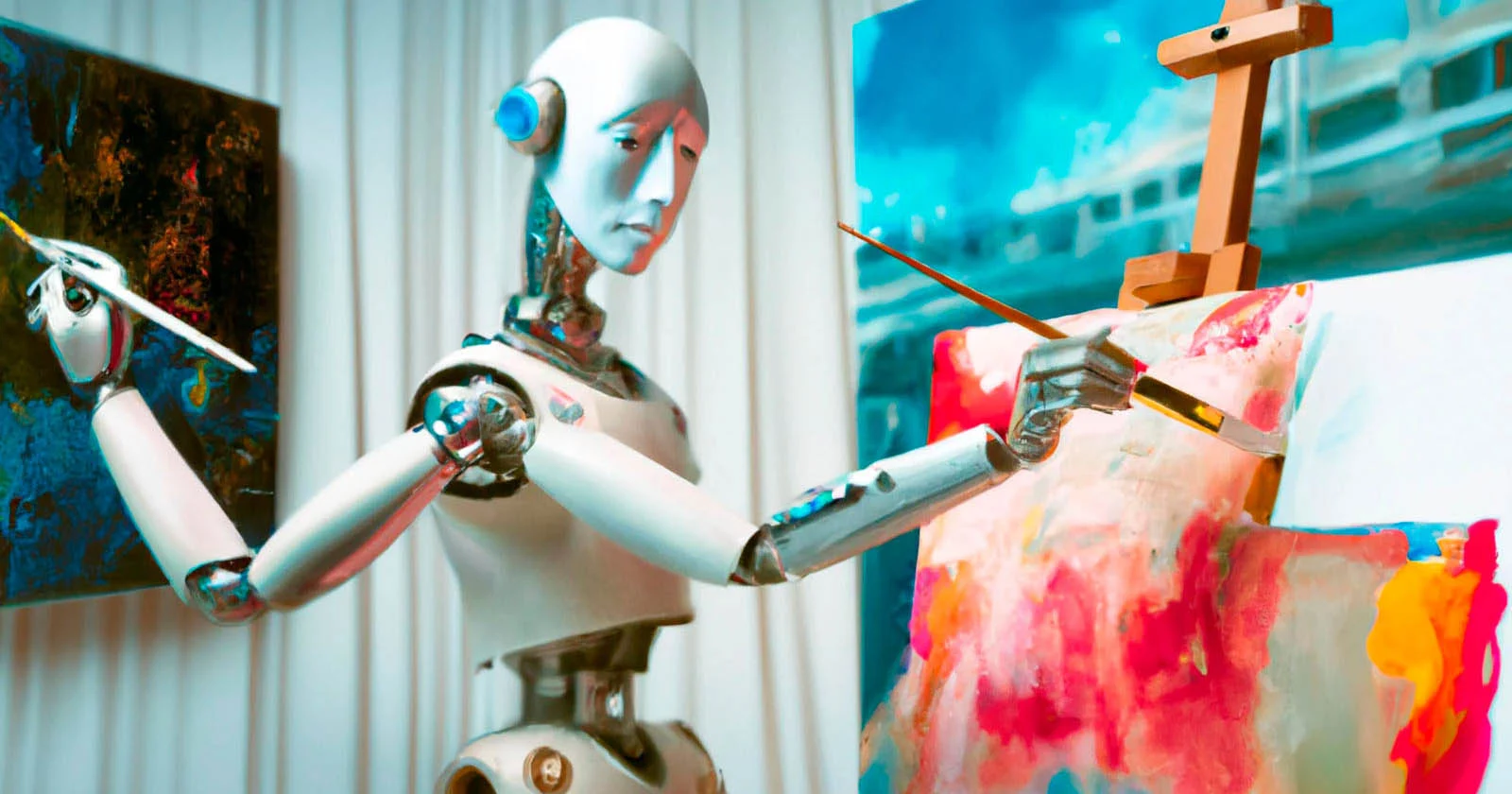OpenAI, a leading artificial intelligence research lab, has introduced an image generation model that’s turning heads and raising questions in equal measure. Called DALL-E, this innovative tool can generate a wide range of images from simple text prompts, blurring the lines between human creativity and machine learning.OpenAI has recently launched DALL-E 3, the latest version of its groundbreaking AI image generator. This new iteration promises enhanced capabilities and integrations, making it a significant upgrade over its predecessors.
How DALL-E Works: A Text-to-Image Transformer
DALL-E (a portmanteau of artist Salvador Dali and Pixar’s WALL-E) is powered by a neural network trained on a vast dataset of text-image pairs. By analyzing patterns and associations in this data, DALL-E can create novel images that match the descriptions given to it.Want an illustration of a “two-story pink house with a red door and a blue chimney?” DALL-E can produce it within seconds. The model is also capable of generating images in various styles, from photorealistic to cartoonish, and can even combine unrelated concepts in surprising ways.
Examples and Applications
Examples of DALL-E’s creations have flooded social media, showcasing its ability to generate everything from realistic product mockups to whimsical illustrations. OpenAI has released a research paper detailing the technology, and while the model is not yet publicly available, the potential applications are vast:
- Creative Design: Artists and designers could use DALL-E to quickly prototype ideas or explore new concepts.
- Advertising: Brands could generate customized visuals for marketing campaigns.
- Education: DALL-E could help illustrate complex ideas or generate visual aids for teaching.
The Future of Image Generation
DALL-E is still in its early stages, but it represents a significant step forward in the field of AI-powered image generation. As the technology continues to evolve, it has the potential to transform how we create and consume visual content. The key, as with many technological advancements, will be to navigate the ethical and societal challenges that arise alongside its development.
What is DALL-E 3?
DALL-E 3 is an advanced text-to-image generator developed by OpenAI. It builds on the success of DALL-E 2 by offering more nuanced and detailed image generation capabilities. The tool allows users to create high-quality images from textual descriptions, providing a powerful resource for artists, designers, and hobbyists alike.
Key Features and Improvements
- Enhanced Image Quality: DALL-E 3 produces images with higher resolution and more accurate details compared to earlier versions. This improvement ensures that the generated images are not only realistic but also visually appealing.
- Integration with ChatGPT: One of the most notable updates is the integration of DALL-E 3 with ChatGPT. Users can now generate and edit images directly within the ChatGPT interface, available across web, iOS, and Android platforms. This seamless integration simplifies the process of creating and refining images based on user inputs.
- Ethical Guardrails: OpenAI has implemented several safety measures in DALL-E 3. These include safeguards to prevent the creation of images of public figures and mechanisms to avoid generating harmful or biased content. These measures ensure that the tool is used responsibly and ethically.
- Accessibility and Use: DALL-E 3 is available to all ChatGPT users, making it accessible to a broader audience. The pricing model remains competitive, with costs depending on the resolution and complexity of the generated images.
Applications and Use Cases
DALL-E 3 is versatile, catering to various industries and use cases:
- Graphic Design and Advertising: Professionals can create custom visuals for marketing campaigns, product designs, and branding materials.
- Education and Research: Educators and researchers can use the tool to create illustrative content for educational materials and presentations.
- Entertainment and Media: Content creators can generate unique artwork for video games, films, and digital media.
- Concerns and Ethical ConsiderationsWhile DALL-E’s capabilities are undeniably impressive, its potential also raises concerns. The ability to create realistic images from text could be used for misinformation or deepfakes. Furthermore, the model’s reliance on large datasets raises questions about bias and representation in the images it produces.OpenAI has acknowledged these risks and is taking a cautious approach to DALL-E’s development. The organization plans to conduct further research on societal impact, work with external experts, and develop safeguards before making the technology widely available.
Comparisons with Competitors
In the competitive landscape of AI image generators, DALL-E 3 stands out for its ease of use, integration capabilities, and ethical considerations. While other tools like Midjourney offer similar functionalities, DALL-E 3’s integration with ChatGPT provides a unique advantage, making the process of image creation more intuitive and interactive.
DALL-E 3 represents a significant step forward in AI-driven image generation. With its enhanced capabilities, ethical safeguards, and seamless integration with ChatGPT, it offers a robust solution for creating high-quality images from text descriptions. As AI technology continues to evolve, tools like DALL-E 3 will play an increasingly important role in various creative and professional fields.






